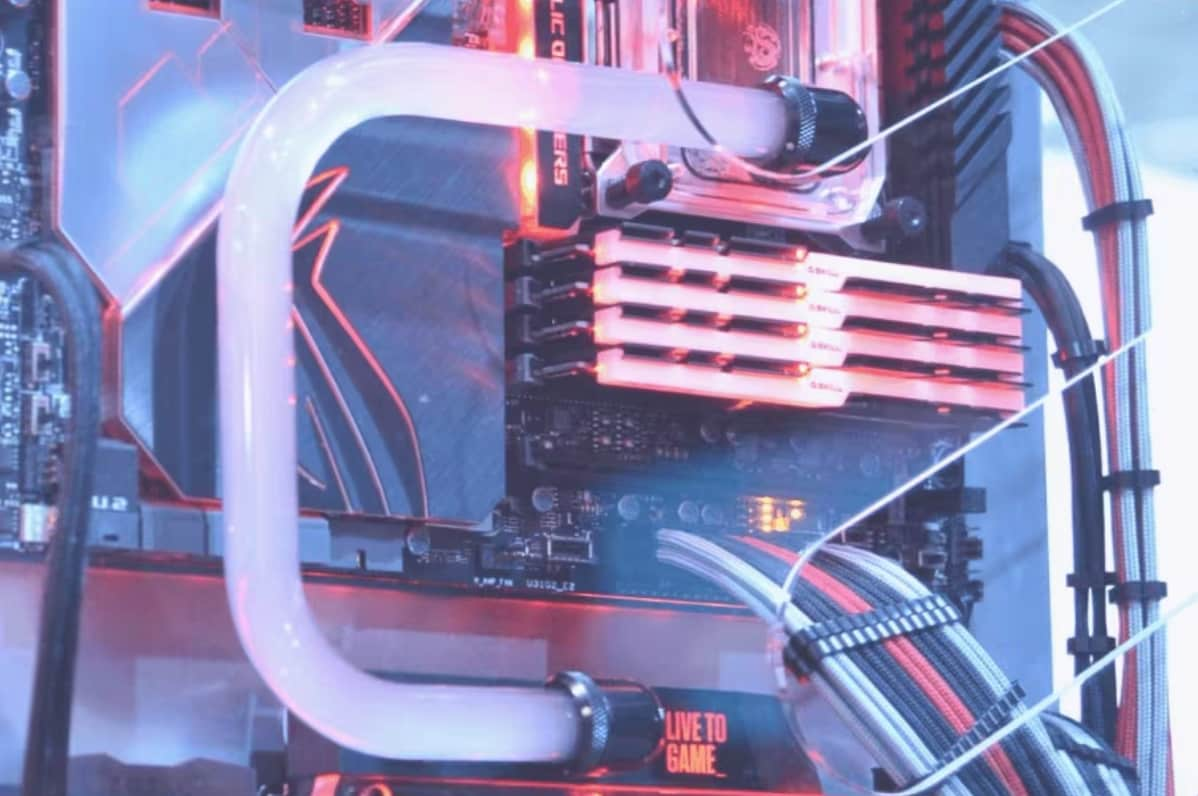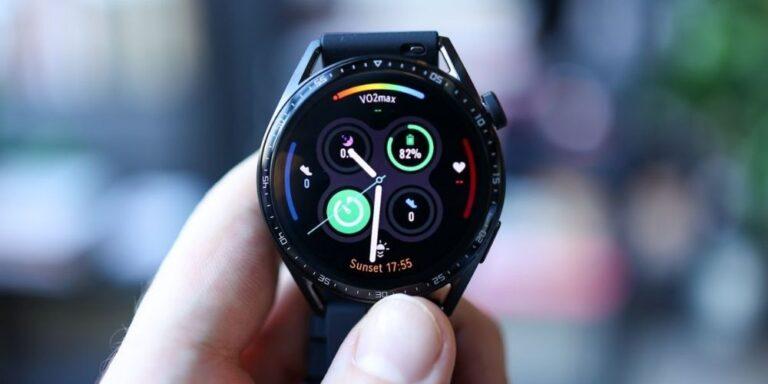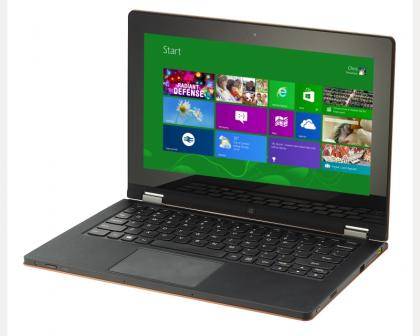Video Compression: Why It Matters
You may have heard of video compression before and you do not know why people use it. Video compression is done to have smaller file sizes and not lose much of the quality of the video. If you have seen such terms as h.265 vs h.264 or latency, you have already encountered topics about video compression before. In this article, you are going to learn the reasons why video compression is used by people and why you also can utilize it for your own. Read more to find out.

4 Reasons for Compressing Your Files
Small file sizes
If you are into video creation, most likely, you are either using a high-end camera or a flagship phone with top camera specs. You are going to set your device to the topmost settings so that you can achieve the best possible video quality attainable on your device. This is good, especially for content because viewers will definitely enjoy looking at your videos. But for content management, it can be a challenge to handle multiple file sizes this large for yourself. This is where the decision of h.265 vs h.264 comes in. Video compression reduces file sizes so that they are turned is smaller ones so that you can easily move them around and manage them.
More storage space
When you record videos for a living or create videos for content, you may have experienced a loss of storage space one way or another. This is mainly because of the large file sizes of your media. Videos that are of high quality will easily consume gigabytes of storage. The way around this problem is to reduce the file sizes of the same videos. You can do this through video compression. This process reduces the file size but retains the quality of the video. The level of quality depends on whether you have done good compression or not so that only redundant data is removed from your file.
Low transmission bandwidth
A lower file size will only require less effort in transmission compared to a video that has a large file size. The low transmission bandwidth becomes very relevant in cases where you have to stream your videos on every platform available It will take time before you can upload and see your videos online. Since you have placed great effort into creating the video, you also would like to have as many people as possible watch your videos. Through video compression, you can have a lower transmission bandwidth which makes your videos transferrable and easy to handle.
Power consumption savings
Another benefit of video compression is power consumption savings. If you have handled large sizes of video before, you will see an increase in the power consumption of your devices. This can be both taxing to your computer and your expenses as well. By handling compressed video files, you are reducing power consumption and your other maintenance expenditures in the long run. The processing power of your computer will also be better because of a decrease in file size.

Conclusion
Video compression is used mainly to turn large file sizes into smaller ones so that you make them all more compact. It will benefit you to compress videos, especially on big files such as raw video streams that can span hours on end. Smaller file sizes are more manageable compared to huge ones and these compressed files can still be used for both personal and professional applications. Repetitive frames are removed and only the essential data is retained. In video compression, you just have to choose between h.265 vs h.264 which has its pros and cons. You should try it now and save on storage by compressing your video files.









